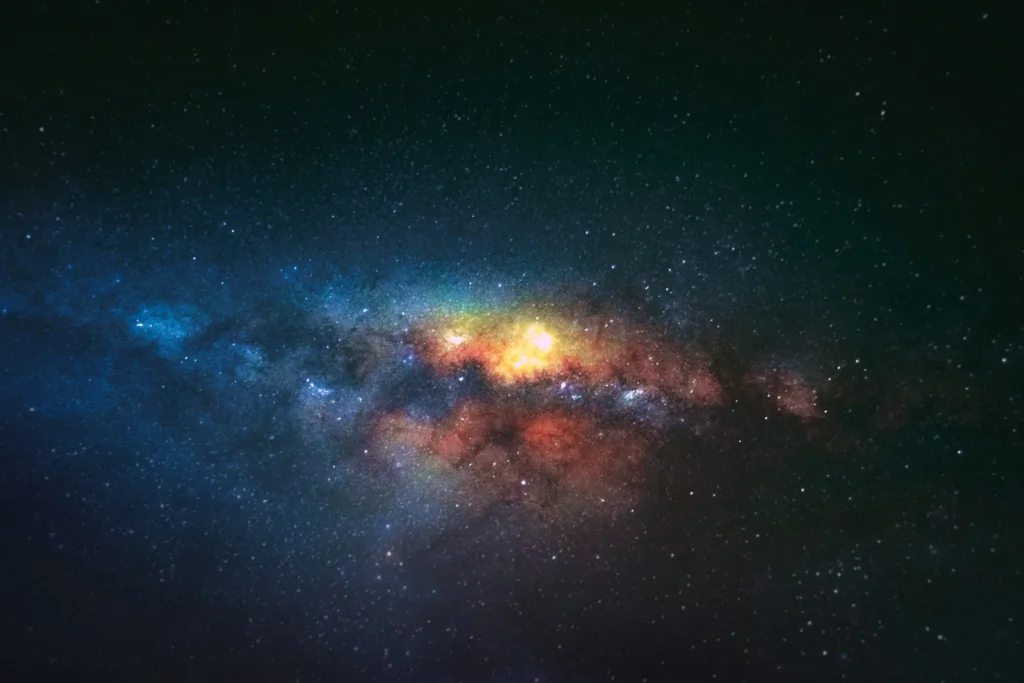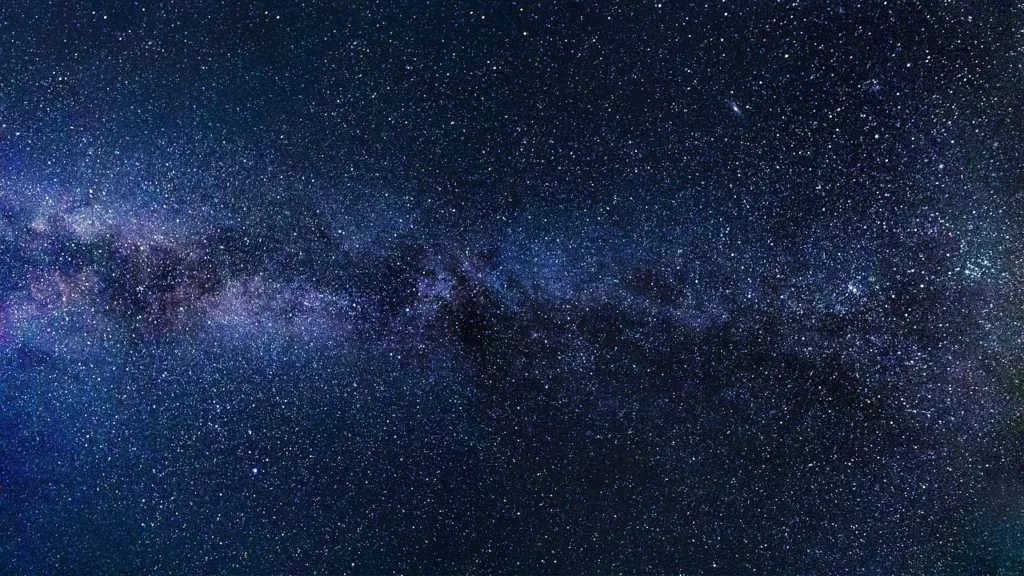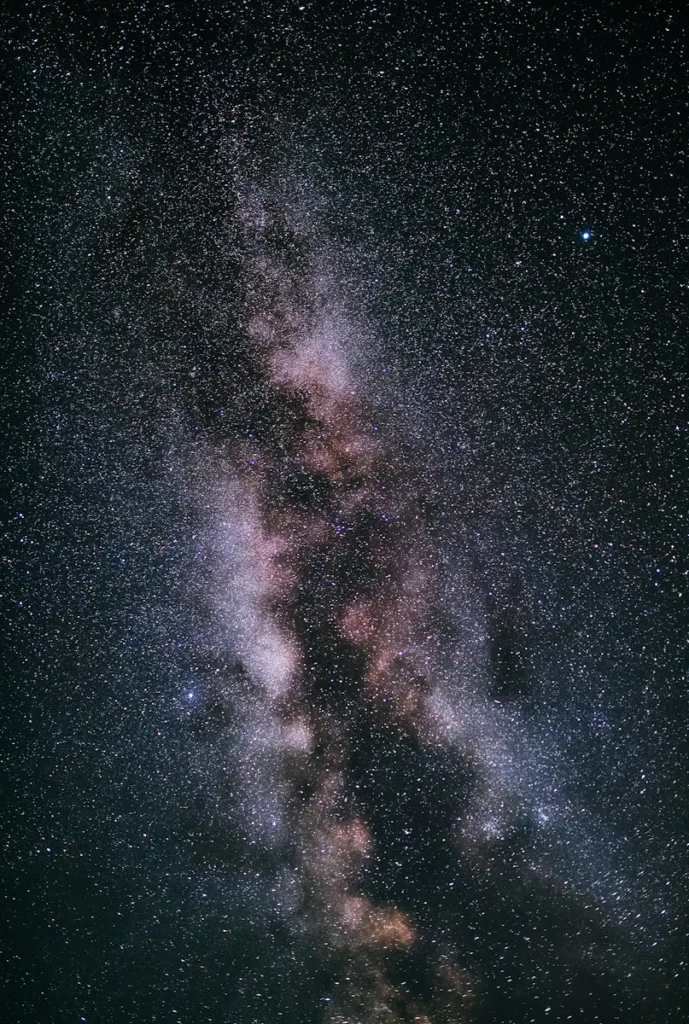Table of Contents
It has been found that three of the earliest stars in the cosmos were hiding from view the entire time and were moving in the incorrect direction.
‘Going the Wrong Way’: The Universe’s Oldest Stars Discovered
According to a recent report published in the journal Monthly Notices of the Royal Astronomical Society, the celestial bodies were discovered by MIT researchers in the “halo” of stars that envelops the farthest edge of our Milky Way galaxy. They are believed to have formed between 12 and 13 billion years ago.
Researchers Anna Frebel, a physics professor at MIT, co-authored the study. “Interestingly, they’re all quite fast—hundreds of kilometers per second, going the wrong way,” she said in a statement. “They’ve taken off! We’re not sure why that is the situation.
These stars are among the oldest in the universe; the universe itself is estimated to be 13.8 billion years old, whereas our sun is only 4.6 billion years old.
These stars, known as SASS (Small Accreted Stellar System stars), are thought to have originated from individual small primordial galaxies and were born during the time when the cosmos was beginning creating galaxies.

These SASS stars are believed to be the last remnants of the ancient galaxies that were incorporated into the expanding Milky Way.
The stars are scattered across a cloud of stars that envelops the Milky Way’s outer reaches, with a distance of roughly 30,000 light-years from Earth. The researchers in the report also uncovered three other ancient stars, but these were determined to be marginally younger.
“These oldest stars should definitely be there, given what we know of galaxy formation,” Frebel stated. They are kin to us in the cosmos. And we now know where to look for them.”
The most popular theory to explain how the cosmos came into being is the Big Bang Theory. In its most basic form, it describes how the universe as we know it began with a tiny singularity and expanded over the course of the following 13.8 billion years to become the universe we know today.
Subatomic particles and finally basic atoms were able to form as the cosmos cooled down in tandem with its expansion. After the Big Bang, the majority of the elements that were produced were hydrogen and helium.
Therefore, heavier elements like strontium and barium, which are produced in the hearts of stellar supernovas, simply hadn’t been created in large enough amounts to make up the earliest stars in the cosmos, and would have consisted mostly of hydrogen and helium.
Consequently, stars with low strontium and barium abundances in their light spectra might be among the first in our universe.

Although an extremely metal-poor spectrum was seen when these three old stars were first seen by the Magellan telescope in 2013 and 2014, a thorough analysis was not yet completed. Subsequently, the scientists deduced that these stars might be as old as 12-13 billion years old and that their chemical composition was consistent with that of some very old dwarf galaxies.
This suggests that the stars may have come from somewhere else and been dragged into the Milky Way, together with the finding that they seem to be traveling around the galaxy in the opposite direction to most other stars.
“The only way you can have stars going the wrong way from the rest of the gang is if you throw them in the wrong way,” Frebel stated.
Subsequently, the researchers examined other known old stars and discovered that a significant number of them also orbited the galaxy in reverse, or the wrong direction. “It was the piece to the puzzle that we needed, and that I didn’t quite anticipate when we started,” Frebel said.

By searching for metal-poor stars that are moving against the direction of most other stars, they hope to locate additional ancient SASS stars. Additionally, they intend to use these SASS stars to learn more about the origins of the dwarf galaxies from which they originate.
“Now we can look for more analogues in the Milky Way, that are much brighter, and study their chemical evolution without having to chase these extremely faint stars,” Frebel stated.
According to a recent report published in the journal Monthly Notices of the Royal Astronomical Society, the celestial bodies were discovered by MIT researchers in the “halo” of that envelops the farthest edge of our Milky Way galaxy. They are believed to have formed between 12 and 13 billion years ago.
Researchers Anna Frebel, a physics professor at MIT, co-authored the study. “Interestingly, they’re all quite fast—hundreds of kilometers per second, going the wrong way,” she said in a statement. “They’ve taken off! We’re not sure why that is the situation.
According to a recent report published in the journal Monthly Notices of the Royal Astronomical Society, the celestial bodies were discovered by MIT researchers in the “halo” of that envelops the farthest edge of our Milky Way galaxy. They are believed to have formed between 12 and 13 billion years ago.
Researchers Anna Frebel, a physics professor at MIT, co-authored the study. “Interestingly, they’re all quite fast—hundreds of kilometers per second, going the wrong way,” she said in a statement. “They’ve taken off! We’re not sure why that is the situation.
According to a recent report published in the journal Monthly Notices of the Royal Astronomical Society, the celestial bodies were discovered by MIT researchers in the “halo” of that envelops the farthest edge of our Milky Way galaxy. They are believed to have formed between 12 and 13 billion years ago.
Researchers Anna Frebel, a physics professor at MIT, co-authored the study. “Interestingly, they’re all quite fast—hundreds of kilometers per second, going the wrong way,” she said in a statement. “They’ve taken off! We’re not sure why that is the situation.
According to a recent report published in the journal Monthly Notices of the Royal Astronomical Society, the celestial bodies were discovered by MIT researchers in the “halo” of that envelops the farthest edge of our Milky Way galaxy. They are believed to have formed between 12 and 13 billion years ago.
Researchers Anna Frebel, a physics professor at MIT, co-authored the study. “Interestingly, they’re all quite fast—hundreds of kilometers per second, going the wrong way,” she said in a statement. “They’ve taken off! We’re not sure why that is the situation.

